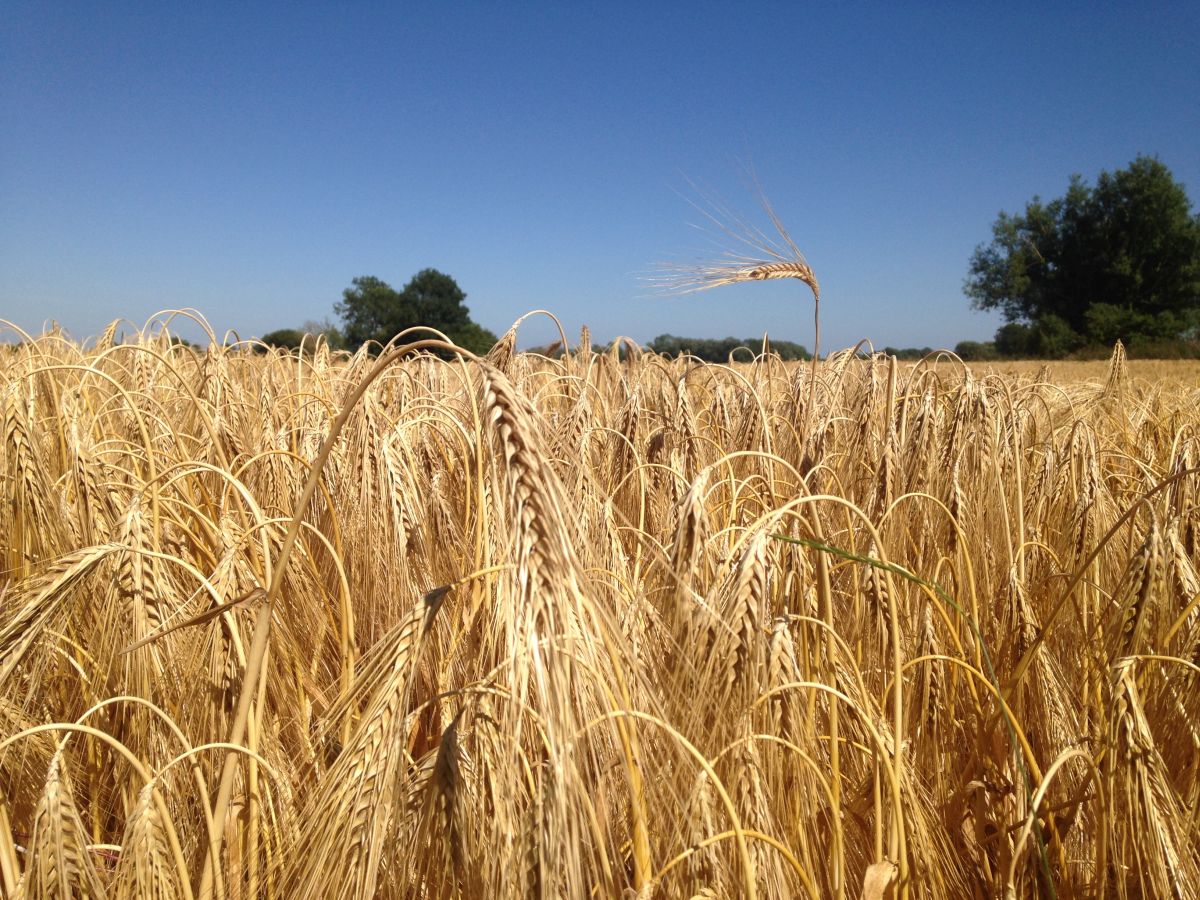
A recent finding suggesting that the barley disease Ramularia is potentially resistant to three of the main groups of fungicide chemistry in Germany is a warning to UK growers about the threat from resistance development.
Bayer resistance testing in southern Germany has confirmed the presence of two new mutations, one that impacts the performance of SDHI fungicides, and another that affects azole fungicides. Resistance in Ramularia to strobilurins has previously been confirmed.
The mutation discovered in the target site for azoles has been found to severely impact the performance of all actives in this group.
This is unlike the mutations to azoles found in Septoria, which incur a loss in sensitivity resulting in a slide in efficacy, rather than a significant drop in performance. In addition, the SDHI mutation has led to full resistance to all members of that group of chemistry.
Where these mutations have been found no SDHI or azole fungicide will now control Ramularia, even when used at full rates. It leaves chlorothalonil as the only remaining effective chemical option for control of the disease.
The German authorities are now advising the use of chlorothalonil in all applications in barley.
Ramularia
However, the position in the UK is not clear.
Unlike in Germany where field performance was compromised last season in some cases, no such reported problems were seen in 2016 in the UK.
In field trials where Ramularia pressure was high, a programme of Siltra followed by Siltra + chlorothalonil gave greater than 90% control. Bayer is awaiting the results of the UK samples from 2016 and will provide a further update once it has received them.
Last season Ramularia was particularly severe in mainland Europe, and more of a threat in the UK because of the cold wet June. However, while the disease is often seen in Scotland and parts of England, it isn’t usually a big issue for many barley growers.
Other diseases, including and especially Rhynchosporium, net blotch and brown rust, remain key threats and also need to be controlled, so paying attention to timing, using a well-timed programme based on prothioconazole, a SDHI and/or a strobilurin at robust rates will remain the most effective way of protecting crops.
The use of chlorothalonil at the T2 timing, as previously recommended by Bayer, will give the best boost to Ramularia control, and help protect other products where Ramularia is sensitive to other chemistry.
Best practice
For future years, using cultural controls for Ramularia, such as avoiding the use of farm-saved seed from crops that had Ramularia infections and using more resistant varieties, particularly in higher risk areas will make sense.
This development also serves as a warning about the need for best practice stewardship of fungicides in all crops.
With the continued pressure on the registration of new and existing active ingredients, and the reduction in options available to growers, it is imperative that the UK FRAG guidelines are followed to slow down the development of resistance in diseases to our remaining product armoury.
